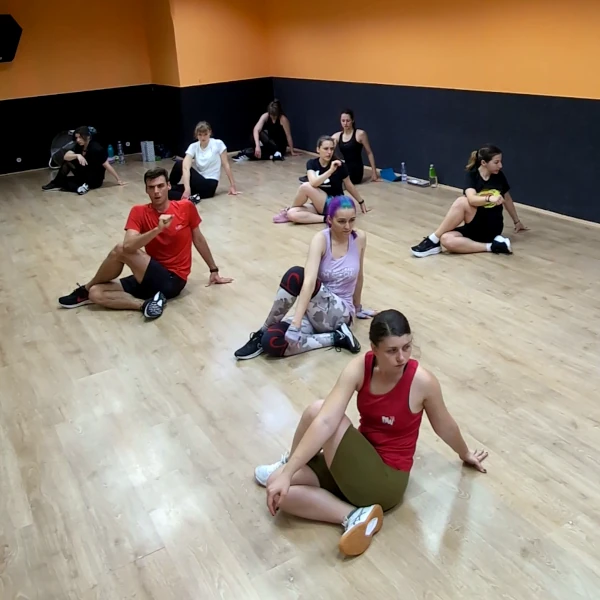Why You Should Stretch After Every Workout
Stretching after a workout plays a crucial role in recovery, posture improvement, and several other important functions, so it's worth scheduling it at the end of every workout and paying close attention to it.

5000 Ft kedvezmény
Használd a WU5E-R3 ajánlási kódom új MyProtein fiók regisztrációnál, és ha 20.000 Ft értékben rendelsz, 5000 Ft kedvezményt kapsz az első rendelésedből. Más kedvezmény-kuponnal összevonható!
Improves Flexibility
Stretching helps maintain the flexibility of muscles and joints and restores their resting length, which is important for preventing injuries and increasing range of motion.
Reduces Muscle Soreness
Stretching helps remove lactic acid and other waste products from the muscles, which reduces muscle soreness, fatigue, and their after-effects in the short and long term.
Speeds Up Recovery
Stretching stimulates blood circulation in the muscles, which speeds up recovery and healing.
Improves Posture
Stretching can help correct poor posture and prevent pain resulting from postural problems.
Stress Relief
Stretching can help relax the body and mind, thereby reducing stress and anxiety.
Duration and Types of Post-Workout Stretching
The duration of post-workout stretching depends on the intensity of the workout, fitness level, and flexibility. Generally, 10-15 minutes of stretching is sufficient for most workouts. In a Dance Workout class, we work all muscle groups, so stretching lasts for 15-20 minutes, but can sometimes be longer.
Static Stretching: This type of stretching involves holding a muscle in a specific position for 15-30 seconds, or for 16-32-64 musical beats. In Dance Workout classes, we mostly use this during the cool-down at the end of the class. Dynamic Stretching: This type of stretching involves stretching the muscles with slow, controlled movements. In Dance Workout classes, this is mostly used as a preparation for static stretching of a specific muscle, or as a transition between different muscle groups, and during the warm-up.
A general warm-up includes exercises that move the entire body, such as arm and leg circles, jogging in place, and dynamic stretching. In contrast, a specific warm-up involves movements and exercises related to the particular sport or activity.
Try these stretching routines:
Try it in the Online Fitness Video Library
Additional Tips
- Always warm up before stretching
- Breathe evenly during stretching
- Use static stretching after your workout
- Hold the stretched position for 15-30 seconds
- Repeat the stretch for a given muscle group 2-3 times, possibly in different stretching positions.
- Focus on the muscle group being stretched.
- If you are unsure how to stretch or perform certain exercises, feel free to ask for advice.
It is important to remember that stretching should not be performed to the point of intense pain. If you feel pain, ease up or stop stretching. However, if you feel no muscle stretch at all, the stretch will not be effective. After a few sessions, you will feel and experience what is a "pleasant pain" for you, up to which it is worth performing the stretch.
In short, post-workout stretching is an important part of your workout routine. It helps prevent injuries, improves flexibility, speeds up recovery, and reduces muscle soreness. Don't forget to stretch after every workout so your body can perform at its best the next day, years later, and in your next session!